Volunteerism Energizes Employee Engagement

Employee volunteers are an important dimension of any company’s philanthropic efforts. When employees are engaged in a company’s social and environmental initiatives, people see that the company is more than a bank throwing money at random causes in an effort to buff up its image.
They see the company as made up of people who care about tough social and environmental issues. Its employees bring their talent, time, and energy to causes that they personally care about and which align with their company’s mission. Who would have thought that a surprise co-benefit of the company’s support for these projects is the volunteers’ higher level of engagement and productivity in the workplace?
In last week’s October12, 2010, blog, we discussed a study by Hewitt Associates and Canadian Business for Social Responsibility (CBSR). The study revealed a strong correlation between a company’s CSR efforts and the level of engagement of its employees. That correlation supports the connections among the foundational links shown the adjacent slide of the sustainability-enabled business value chain, explained in my September 28, 2010, blog. This week we will show how volunteer programs enhance the same linkages.
Let’s suppose that a company is engaged in a worthy community project of its choosing. It could be Habitat for Humanity, helping the homeless, tutoring disadvantaged school children, a neighborhood clean-up campaign, helping a village abroad—something worthy and something in which employees can volunteer. Maybe employees can chose among several strategic corporate CSR initiatives.
In the language of the adjacent slide, employees are committed to the program because they are clear on what the program will achieve, they understand it’s relevance to the company’s reputation , and they have an opportunity to be personally involved. Most importantly, their engagement is fuelled by their caring for the program’s outcomes as a human being—people find personal meaning and fulfillment when making a difference.
Ok, they’re engaged in the project. So what? Here is the amazing co-benefit: they are more committed to the company as well, and energized to help the company succeed. In Corporate Karma, my friend Peggie Pelosi, founder and CEO of Orenda, tells about her experience at USANA, summarized in the adjacent slide. Same employees, same customers, same products-double the sales after she launched the program.
What’s going on here? Why would employees be more engaged in the workplace if they are given an opportunity to volunteer in programs that they care about? Do they want the company to succeed so that it can continue to do its CSR efforts? Perhaps. Or maybe employees identify with the company more and bring more of themselves to work. They are energized by making a difference, and that energy transfers back into the work environment.
Peggie Pelosi cautions that the recipe for success is important. The CSR effort needs to be carefully chosen so that is aligned with what the company does. The non-profit partner needs to be a good fit for the company and the cause. The CEO and the board—even customers—should participate. It needs to be a strategic initiative and led accordingly. As Peggie says in Corporate Karma, “[The CEOs] say that it’s important to make giving strategic, and the results clear, but they emphasize that when the whole company becomes inspired by giving back, corporate philanthropy ‘comes around’ to create positive personal and business results.
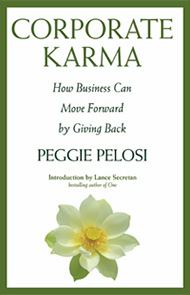
Whether it’s in the form of loyalty and retention, innovation, trust in leadership and sense of camaraderie, giving back comes around to create incredible results.”
Last week, we encouraged CEOs who’re seeking a higher level of employee engagement to consider improving their company’s CSR efforts and track record. This week, we showed how the employee-volunteer option on the platter of CSR initiatives is indeed a strong contributor to employee engagement and company excellence.
Food for thought …?
Bob
The PowerPoint slides used above are from my Master Slide Set.
Please feel free to add your comments and questions using the Comment link below.
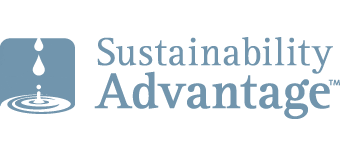
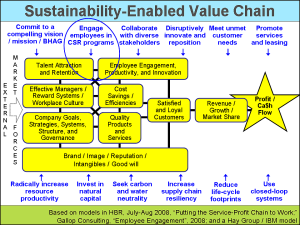
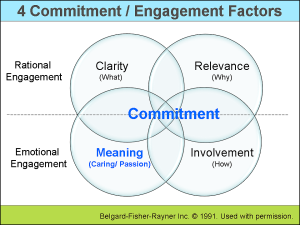
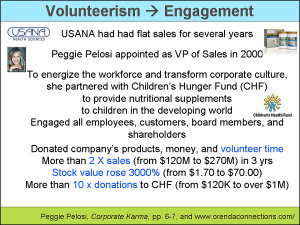



Comments are closed.